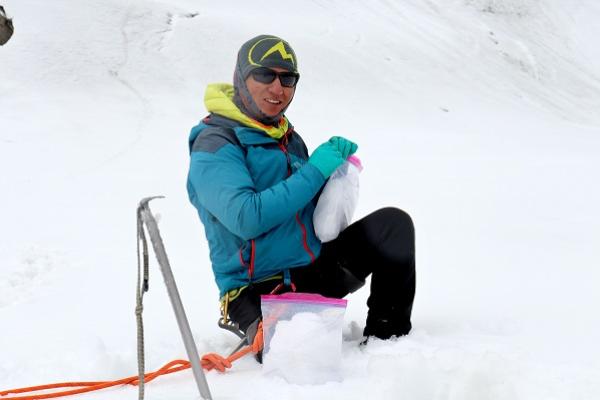
Join us for a special seminar with Wilmer Sánchez Rodríguez, member of the American Climber Science Program. Wilmer has been actively involved in several expeditions with the Byrd Polar and Climate Research Center's ice core paleoclimatology research group and will be presenting his research on black carbon in the Cordillera Blanca glaciers. View the abstract below:
Glaciers worldwide are melting more rapidly due to the increase in global temperature because of global warming. However, the anthropic contribution to melting Andean glaciers, specifically air pollution by aerosols, is poorly understood. In order to fill this void, snow samples have been collected on a monthly basis from various glaciers in the Cordillera Blanca, to estimate black carbon (BC), a type of aerosol that comes from burning fossil fuels for transportation and industry, as well as forest fires, domestic heating and biomass burning. The black carbon deposited on the glaciers darkens the snow and therefore increases the absorbed sunlight, this translates into less albedo and therefore more melting. Sampling began in September 2014 and currently continues. In the course of the study the variability of the BC, the reduction of the albedo by the BC, the radiative forcing produced by the BC in the snow, the amount of snow melted by the BC and other peculiarities have been estimated.
